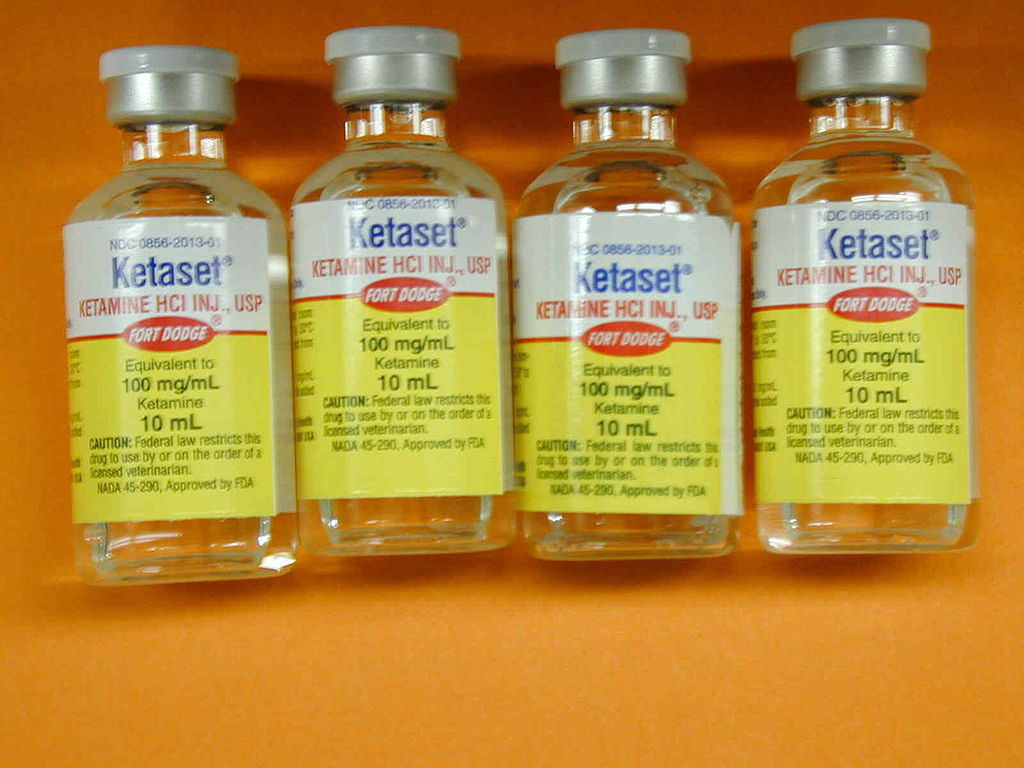Over-the-Counter Pain Meds and Gabapentin Recommended for Trauma Patients
/By Pat Anson, PNN Editor
Over-the-counter pain medications and gabapentin are the best line of treatment for trauma patients suffering from acute short-term pain, according to new study at a Texas hospital that minimizes the use of opioids.
Researchers at the Red Duke Trauma Institute at Memorial Hermann-Texas Medical Center in Houston assessed two different combinations of non-opioid pain relievers in over 1,500 patients being treated for acute trauma, such as bone fractures and head injuries.
The treatment protocol that was deemed superior included a combination of inexpensive over-the-counter drugs such as acetaminophen and naproxen, with the nerve medication gabapentin (Neurontin). Opioids such as tramadol and oxycodone were only prescribed for breakthrough pain.
"Narcotics are not the mainstay of therapy for acute pain," said lead author John Harvin, MD, a trauma surgeon at the hospital and an associate professor at The University of Texas Health Science Center at Houston. "The research shows us that seriously injured people with acute pain can effectively be treated with an opioid-minimizing strategy."
The study findings, published in the Journal of American College of Surgeons, showed that a first-line pain regimen that used acetaminophen, ketorolac, naproxen, gabapentin or lidocaine patches reduced the use of opioids without a significant difference in pain scores. Only 62 percent of the patients were discharged with an opioid prescription.
"We used a generic pain regimen that is affordable at discharge. The discharge medications acetaminophen and naproxen can be bought over the counter. The only drug that requires a prescription is gabapentin and an as-needed opioid, if prescribed," Harvin explained.
The use of gabapentin as a treatment for acute pain is controversial, because recent studies show it has no significant analgesic effect and is increasingly being abused. In 2019, the Food and Drug Administration warned that serious breathing problems can occur in patients who take gabapentin with opioids or other drugs that depress the central nervous system.
But the use of gabapentin and over-the-counter pain relievers is now the standard treatment protocol for trauma patients at Memorial Hermann-Texas Medical Center, and physicians there are working to adapt it for the treatment of acute burn pain.
"The best way to decrease someone's risk for long-term (opioid) use is to minimize their exposure during hospitalization and at discharge, and we now know there are excellent non-opioid medications available that effectively treat pain,” said Harvin. “We know that culture change will take time and effort, but we're excited to be learning how to best leverage opioid-minimizing drugs to improve care, and to offer a new model that can be adopted by any trauma center."
The risk of long-term opioid use after an emergency room visit is actually quite low. A 2017 study by the Mayo Clinic found that only about one percent of emergency room patients given an opioid prescription progressed to long term use.
"Our paper lays to rest the notion that emergency physicians are handing out opioids like candy," said lead author Molly Moore Jeffery, PhD, a Mayo Clinic researcher. “Most opioid prescriptions written in the emergency department are for shorter duration, written for lower daily doses and less likely to be for long-acting formulations."

















